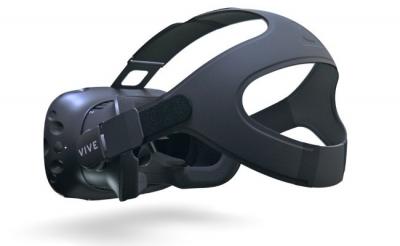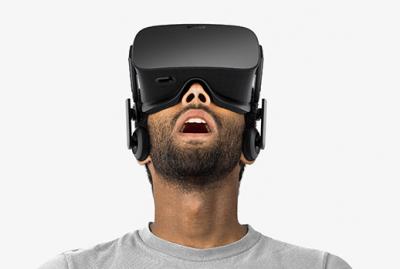Taiwan-based TrendForce says that HTC is the current leader in VR headsets - with a market share of 61.4% between April 2016 and November 2016, but the Taiwanese company will not be able to extend its lead into 2017 as it will be hit the hardest from the OLED market supply shortage.

According to TrendForce, in 2017 HTC will ship 600,000 Vive units, while Sony will ship 2.5 million PlayStation VR units and Oculus is expected to ship 1.2 million units. Other brands, all combined, will ship 800,000 units. All of these VR headsets use OLED displays.
TrendForce says that as Samsung Display cannot make enough displays to meet demand, it will prioritize and supply to its partners first - which means that Oculus (and Sony too, it seems) will be able to secure more displays than HTC. This will be the main reason that HTC will ship only 600,000 devices in 2017, according to TrendForce.

Both the HTC Vive and the Oculus rift use the same display - a 3.54" 1080x1200 PenTile AMOLED display that feature a refresh rate of 90Hz. Each headsets uses two such units (one for each eye). But according to our information, some of HTC's headsets actually use a different display - AUO's 3.8" 1080x1200 VR AMOLEDs. This is not confirmed, but if true it may be that HTC will be able to increase its orders from AUO if Samsung will not be able to supply enough panels in 2017.
Sony's PlayStation VR uses a single 5.7" FHD (1920x1080) AMOLED display. This display is also produced by Samsung Display.

